Table of Contents
● Introduction
● Market Overview: Trends and Growth in the Rain Gear Industry
● Exploring the Various Types and Features of Rain Gear
● Cutting-Edge Innovations in Rain Gear Technology
● Essential Factors to Consider When Selecting Rain Gear for Professional Applications
● Conclusion
Introduction
When it comes to the outdoor workplace, selecting high-quality rain gear for professional applications is vital to ensure safety and maintain productivity in harsh weather conditions. The rainwear market is expanding with innovative designs that provide enhanced visibility, comfort, and durability. This guide will explore key market trends, feature the latest advancements in rain gear, and offer practical advice on choosing the right products for specific outdoor needs.
Rain Gear Market Overview:
The global rain gear market is expected to incline at a 5.9% CAGR from 2023 to 2031, according to Transparency Market Research, and from 2023 to 2031, and the rainwear market is anticipated to expand nearly 1.6x. This growth can be attributed to several factors, including increasing awareness of worker safety, stringent regulations, and the demand for innovative, high-performance rain gear that can withstand challenging weather conditions.
Manufacturers are responding to these market demands by focusing on key trends such as the adoption of sustainable and eco-friendly materials, the integration of smart technologies, and the development of ergonomic designs that enhance comfort and mobility. As businesses prioritize the well-being of their outdoor workforce, the rain gear industry is poised for continued growth and innovation in the coming years.
Exploring the Various Types and Features of Rain Gear
When selecting rain gear for outdoor workers, it’s essential to understand the various types and features available to ensure you make the best choice for your client’s specific needs.
● Jackets and Coats:
Jackets and coats are a staple in any rain gear ensemble. Look for options made with waterproof and breathable materials like Gore-Tex or eVent, which provide excellent protection against the elements while allowing for adequate ventilation. Sealed seams and waterproof zippers are crucial features that prevent water from seeping through, while adjustable hoods and cuffs ensure a secure and customizable fit. Reflective elements enhance visibility in low-light conditions, making them a must-have for workers in high-traffic areas.
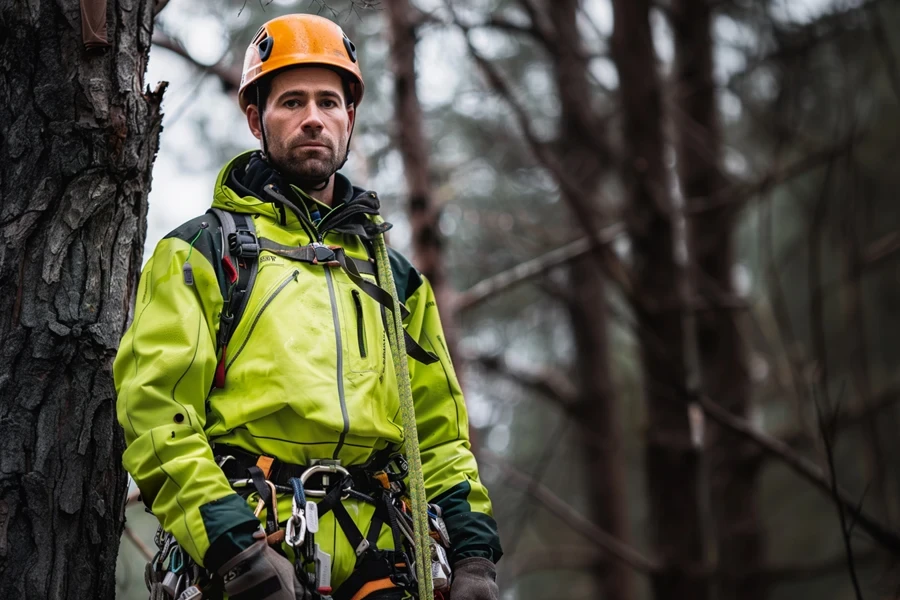
● Pants and Overalls:
Pants and overalls are equally important for keeping your team dry and comfortable. Opt for durable, waterproof fabrics such as PVC or nylon, and look for reinforced knees and seats for added protection in high-wear areas. Adjustable suspenders and waistbands allow for a comfortable, personalized fit, while pockets provide convenient storage for tools and accessories.
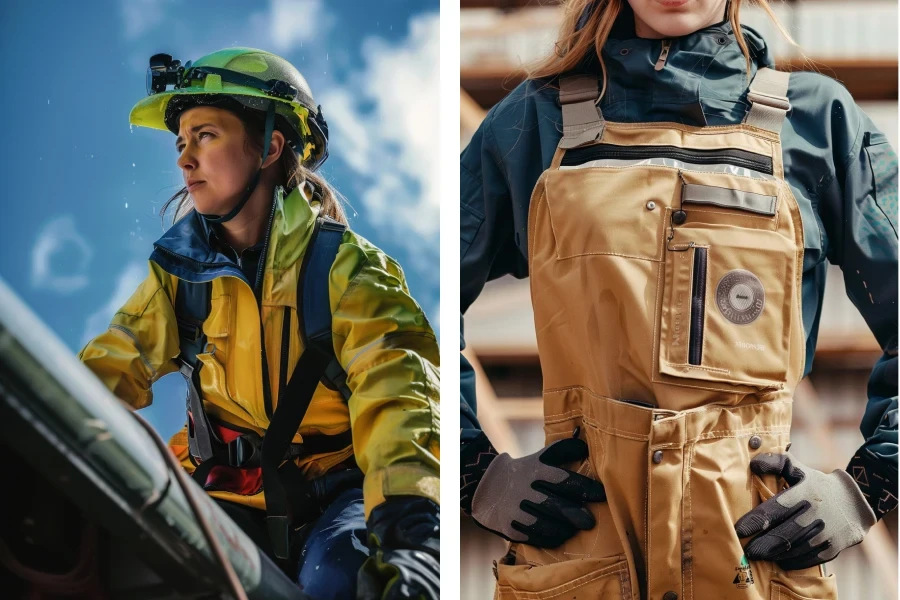
● Boots:
Proper footwear is critical for maintaining traction and stability in wet conditions. Waterproof and slip-resistant outsoles are a must, while insulated options offer added protection in cold weather. Breathable linings help prevent moisture buildup, keeping feet dry and comfortable throughout the day. Reinforced toes and heels enhance durability, while cushioned insoles provide support and comfort for long shifts.
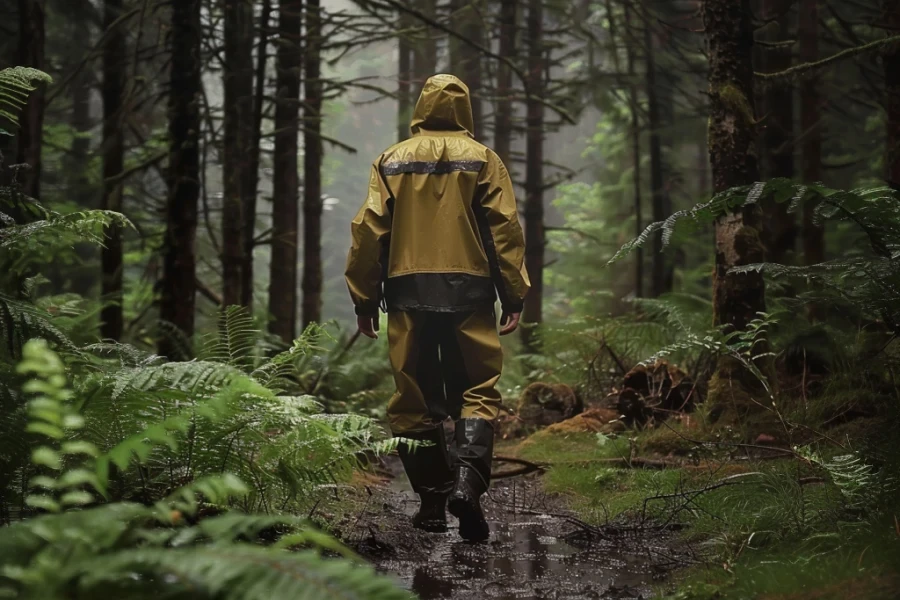
● Gloves:
Don’t overlook the importance of gloves in your rain gear lineup. Waterproof and breathable materials keep hands dry, while textured palms improve grip on tools and equipment. Insulated options are ideal for cold weather, and touchscreen-compatible fingertips allow for the use of devices without removing gloves.

Cutting-Edge Innovations in Rain Gear Technology
As the demand for high-performance rain gear grows, driven by the increasing focus on worker safety and stringent regulations, manufacturers are turning to cutting-edge technologies to create products that offer superior protection, comfort, and durability. According to Grand View Research and Technavio, the global workwear and industrial protective clothing markets, which include rain gear, are expected to witness significant growth in the coming years. And the implementation of stringent regulations by governments across the world serves as one of the driving factors. To meet this rising demand, manufacturers are investing in innovative technologies such as smart textiles, nanotechnology, and sustainable materials to create rain gear that offers unparalleled protection, comfort, and eco-friendliness, revolutionizing the industry and addressing the evolving needs of businesses and consumers alike.
Smart textiles
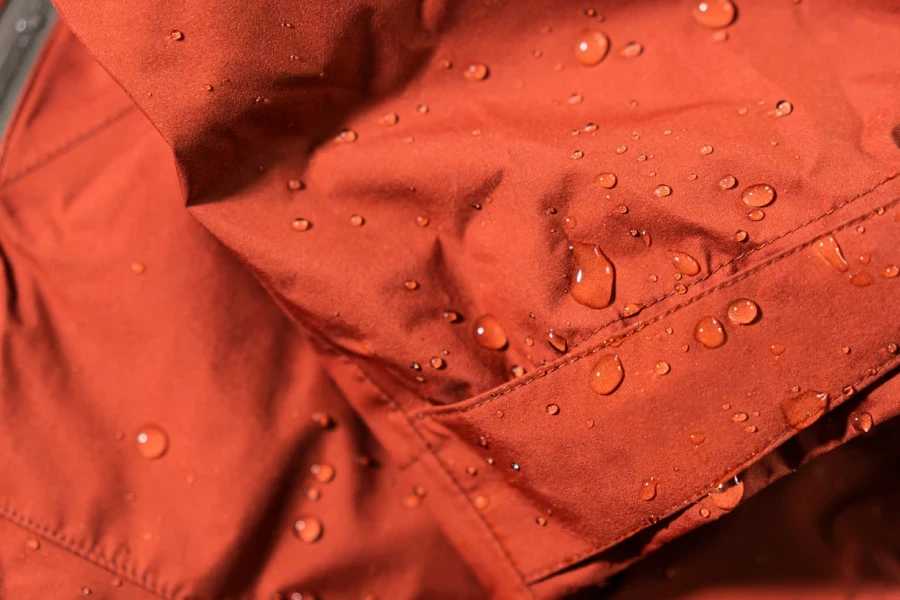
Smart textiles are revolutionizing the rain gear industry, with self-heating fabrics that adapt to the wearer’s body temperature, ensuring optimal comfort in a variety of weather conditions. Moisture-wicking and quick-drying properties keep workers dry and comfortable, while UV protection and anti-microbial treatments provide added safety and hygiene benefits.
Nanotechnology
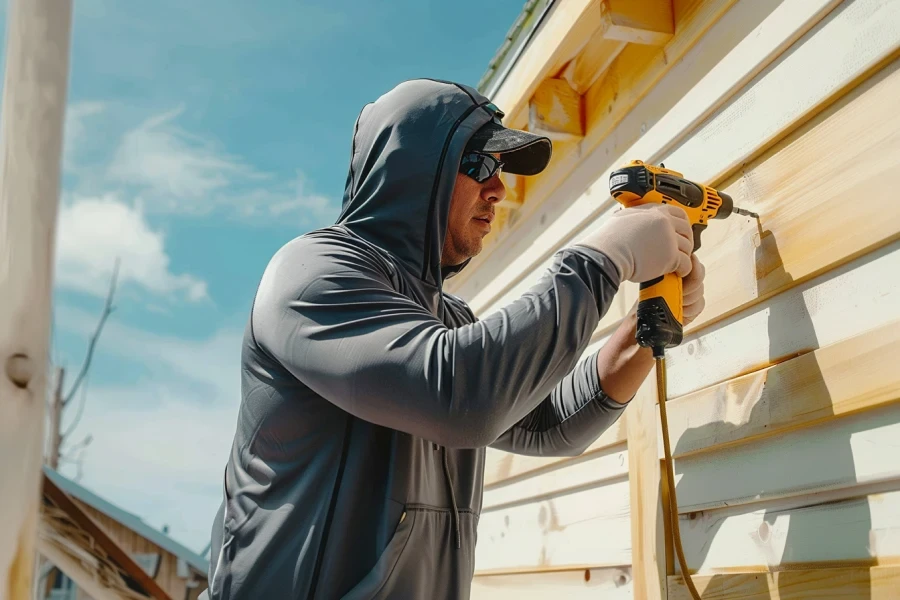
Nanotechnology is another area of innovation, with ultrathin, waterproof coatings that maintain breathability, allowing for maximum comfort without compromising protection. Self-cleaning and stain-resistant finishes make maintenance a breeze, while enhanced durability and abrasion resistance extend the life of the gear, providing a better return on investment.
Sustainable Materials
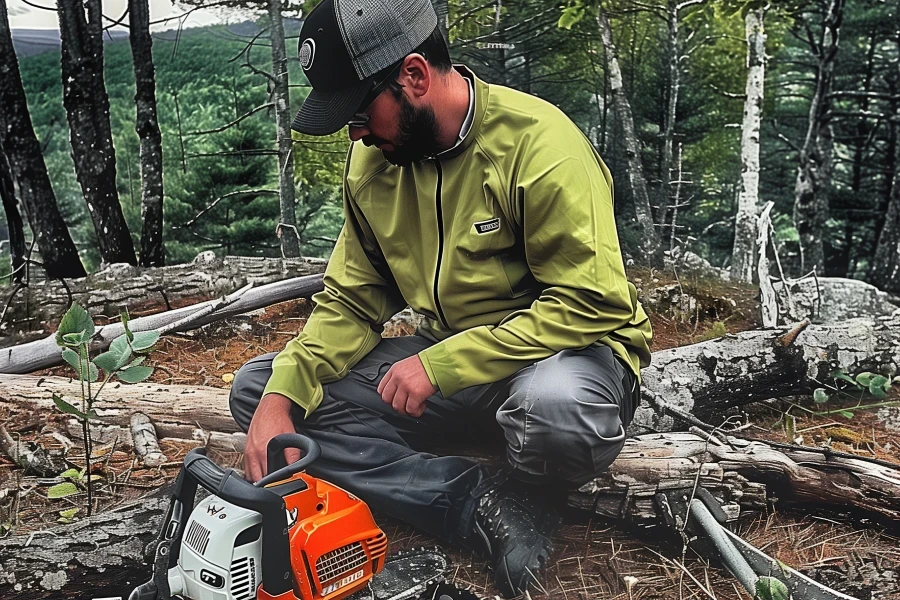
Sustainable materials are also gaining traction in the rain gear industry, as businesses and consumers alike prioritize eco-friendly options. Recycled polyester and nylon fabrics, as well as bio-based and biodegradable materials like Tencel and organic cotton, offer high-performance alternatives to traditional materials. Look for Bluesign and OEKO-TEX certifications, which ensure that the products are manufactured using environmentally responsible practices.
Essential Factors to Consider When Selecting Rain Gear for Outdoor Workforce
Choosing the right rain gear for outdoor workers involves considering several key factors to ensure you invest in products that meet your workforce client’s specific needs and requirements.
First, evaluate the work environment and identify any specific hazards or safety requirements. Consider the temperature ranges and weather conditions your target users typically encounter, as well as any visibility needs, such as high-visibility colors or reflective elements for workers in low-light or high-traffic areas.
Comfort and mobility are crucial factors, as rain gear that restricts movement or causes discomfort can lead to decreased productivity and increased risk of injury. Look for lightweight, breathable materials and ergonomic designs that allow for a full range of motion. Adjustable features, such as drawstrings, Velcro, or elastic, provide a customizable fit for various body types and preferences.
Durability and longevity should also be top priorities when selecting rain gear. Invest in high-quality, robust materials that can withstand the wear and tear of daily use in demanding work environments. Reinforced high-stress areas, such as knees and elbows, add extra protection and extend the life of the gear. Consider the manufacturer’s warranty and customer support, as this can provide peace of mind and assistance in case of any issues.
Compliance with safety standards is non-negotiable when it comes to protecting your outdoor workforce. Ensure that the rain gear you select meets relevant standards, such as ANSI/ISEA 107-2020 for high-visibility apparel, ASTM F2413-18 for protective footwear, and any industry-specific OSHA regulations.
Finally, consider the cost-effectiveness of your rain gear investment. While it may be tempting to opt for the lowest-priced options, prioritizing quality and long-term value can ultimately save your business cost by reducing the need for frequent after-sale customer services. Look for bulk purchasing options and corporate discounts to maximize your budget without compromising on quality.
Conclusion
Investing in high-quality rain gear for the outdoor workforce is a critical decision that directly impacts the safety, comfort, and productivity of your client. By staying informed about the latest market trends, technological advancements, and key considerations, you can make the best choices when selecting rain gear for your customers as well as your business.



